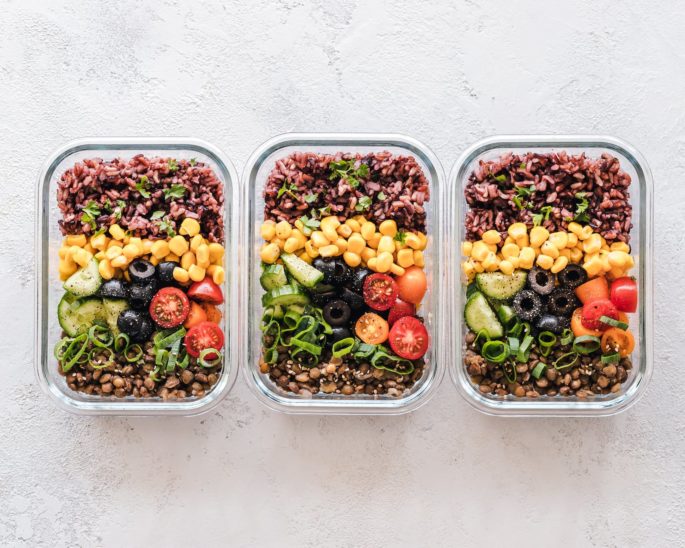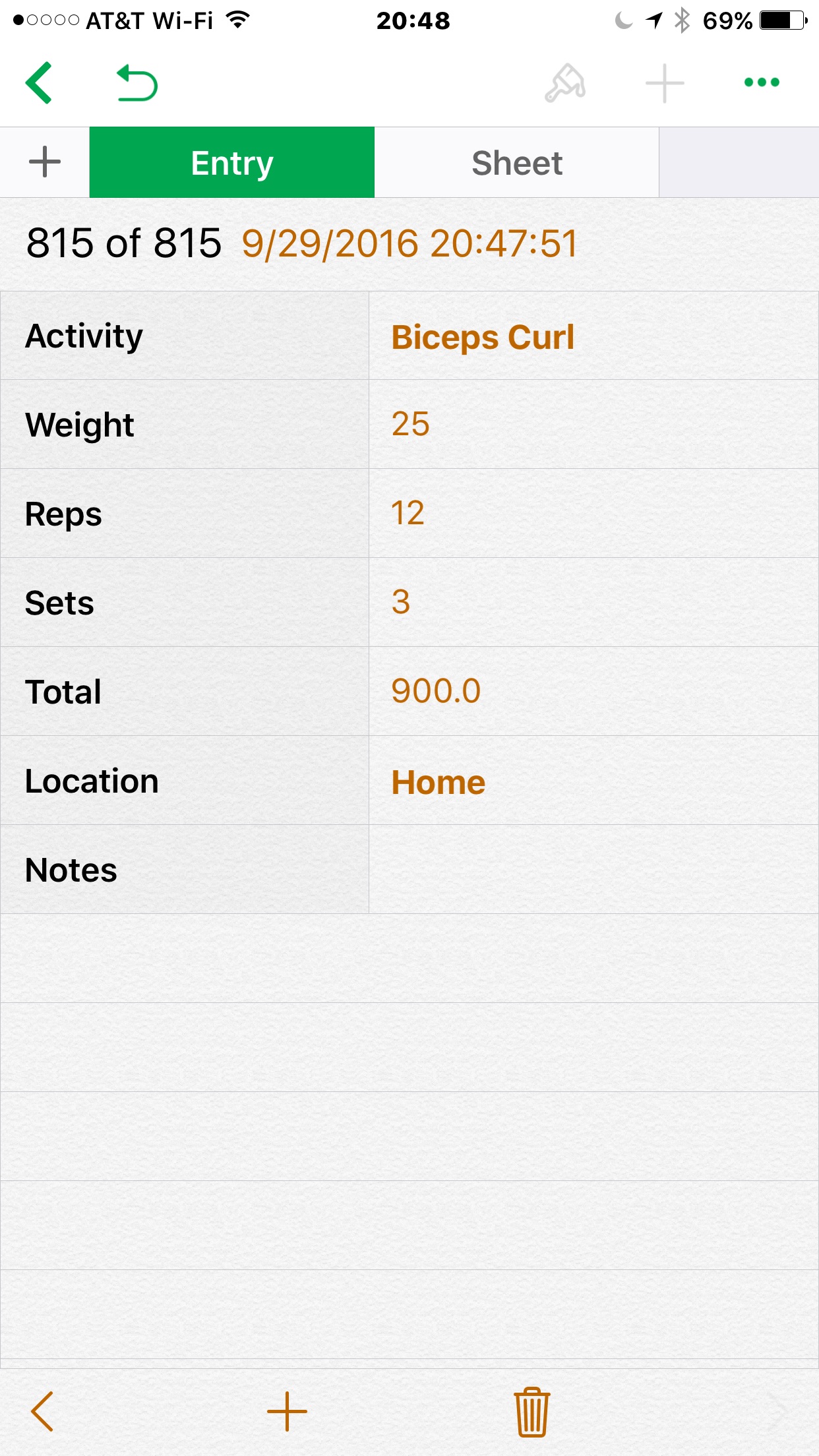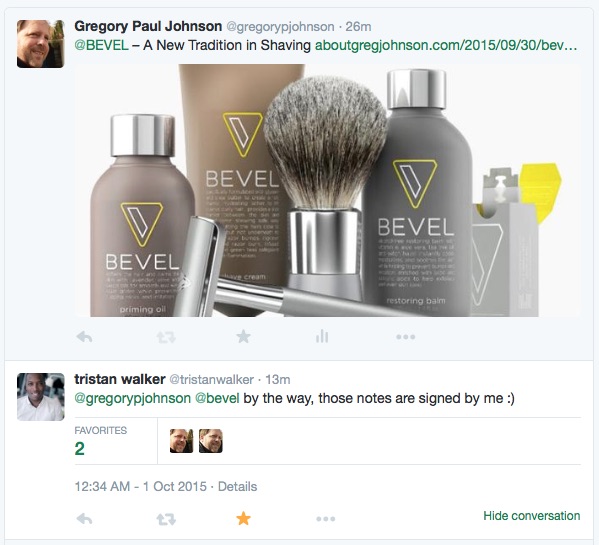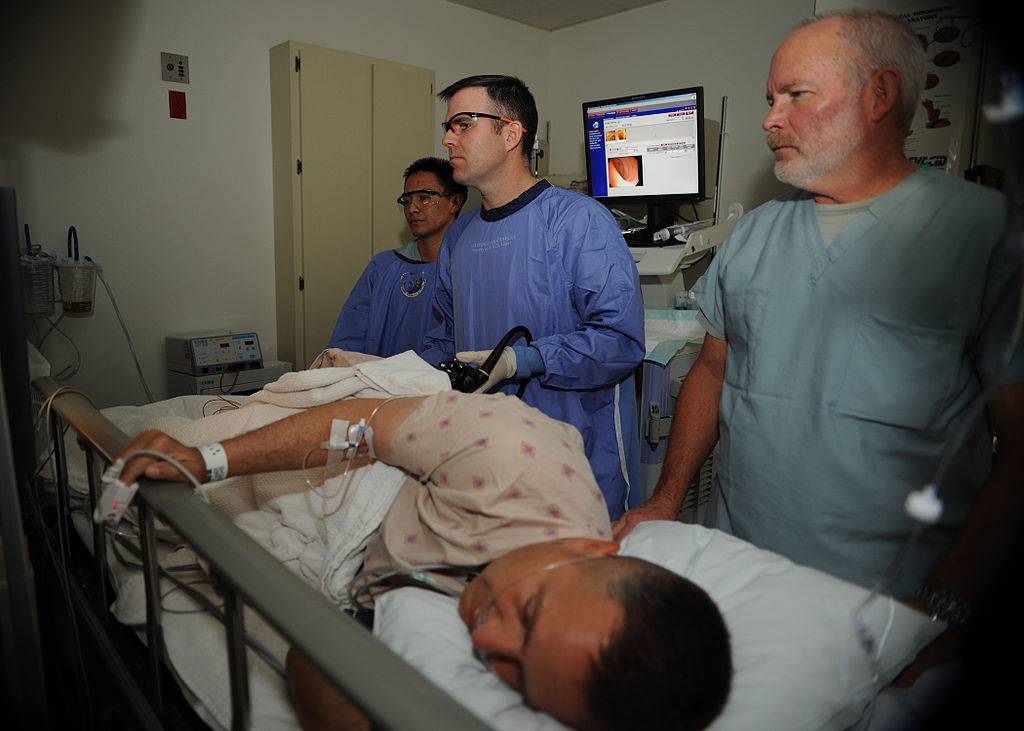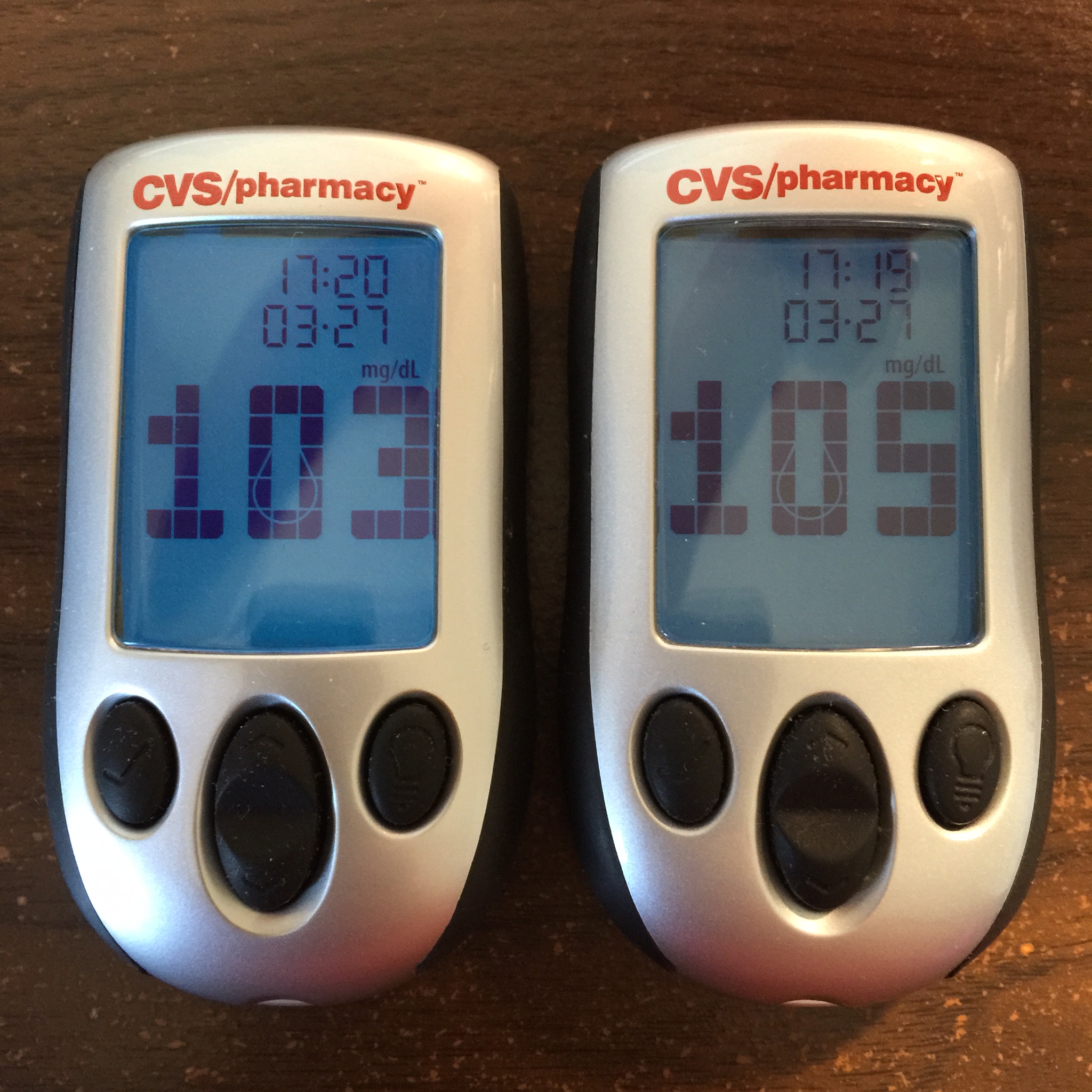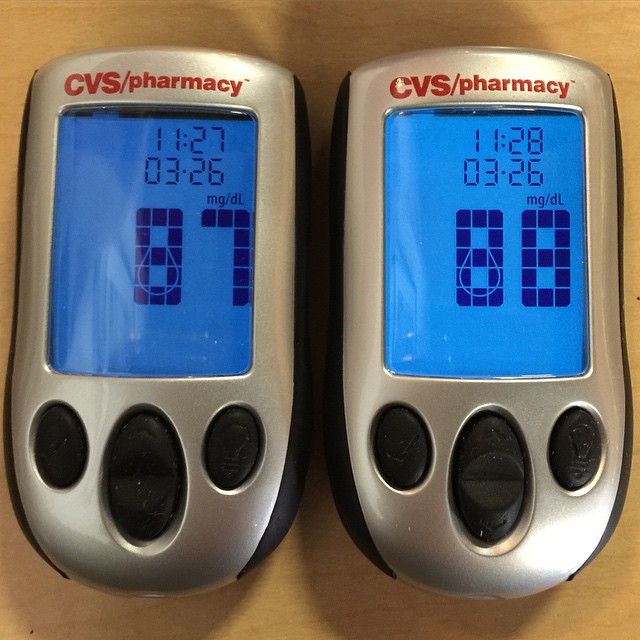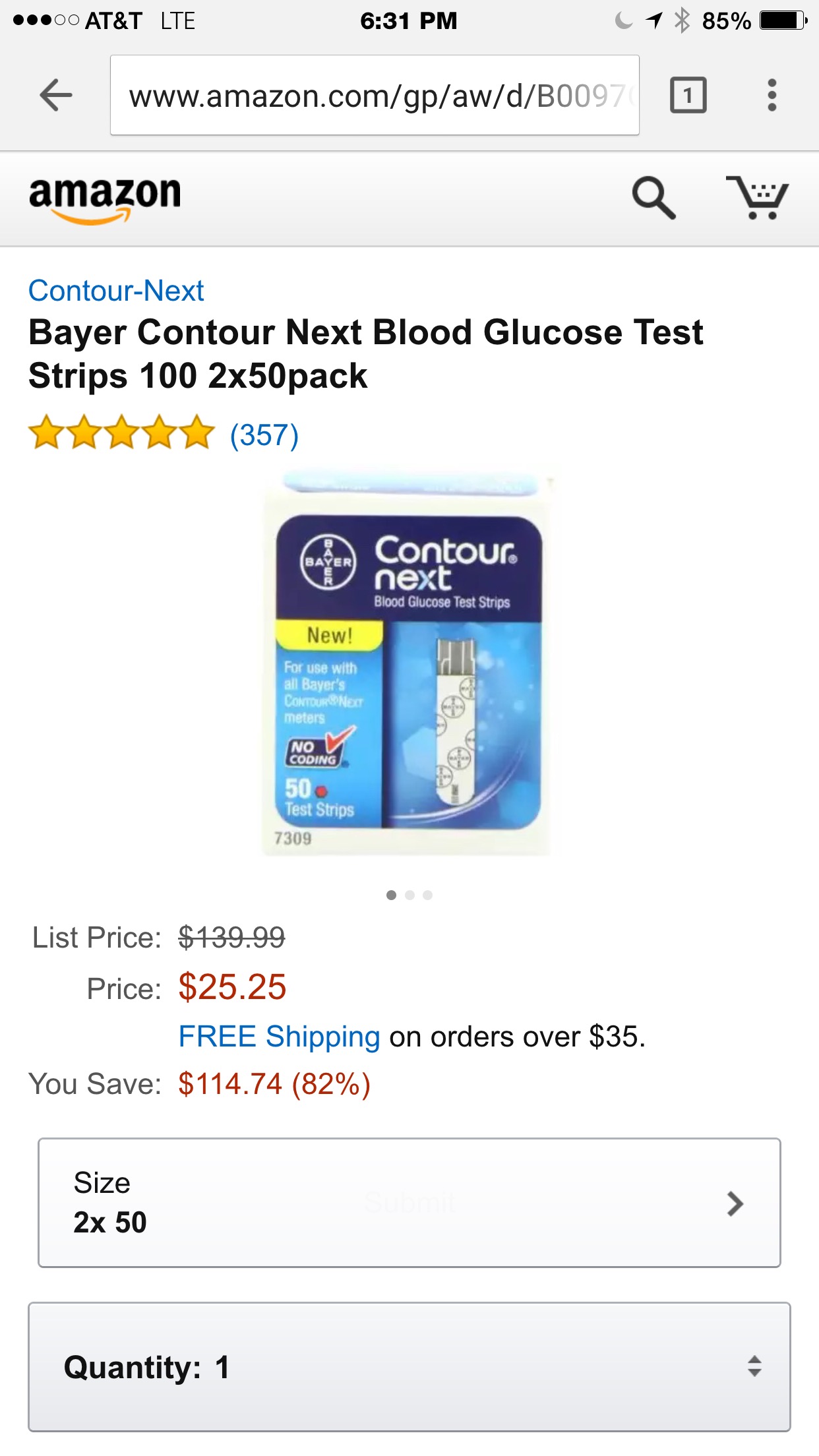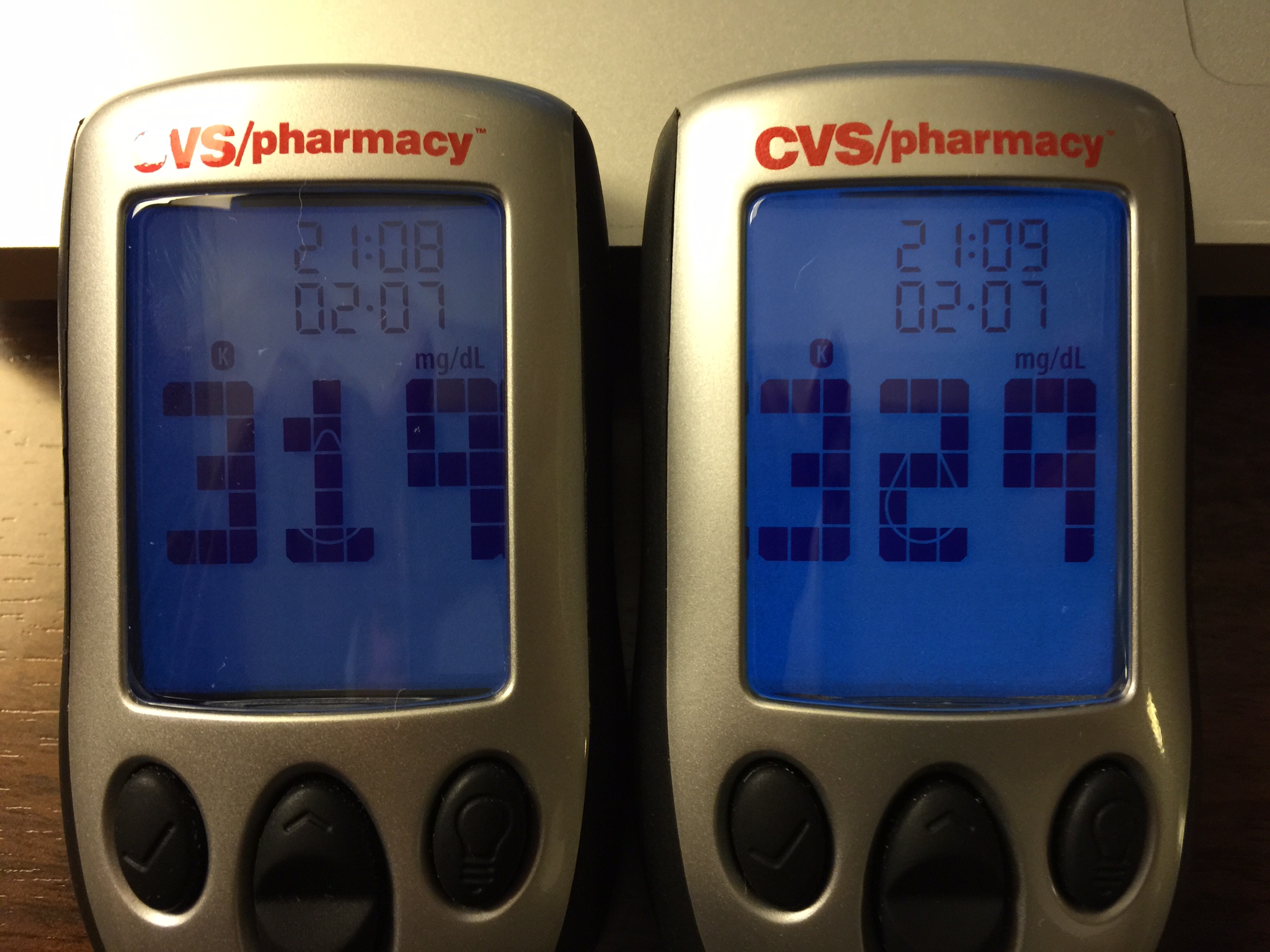Summary
Noom is a wellness app and service that provides insights into nutrition, eating strategies, food choices, and optimizing exercise. There are daily lessons to improve knowledge about food choices and consider environmental stimulus factors that cause people to reach for food. Through a series of questions, the app becomes customized for each user. I used Noom for the 10-day free trial period. Here’s what I discovered.
Holistic
Noom takes a holistic approach to weight loss and wellbeing and for that reason seems more helpful than programs that focus almost entirely on exercise, or food limiting diets, or food home delivery services, or expensive supplements. The program guides people to avoid extremes and instead focus on attainable and maintainable goals and practices.
New Eating Mindfulness
When Weight Watchers promoted their point system for eating, it allowed people to consider the impact of fiber and foods high in fat along with other factors, rather than just counting calories. Their program promotes a realization that not all calories are the same.
The Noom system emphasizes foods that are filling but low in calories. An example given in the app is a grape compared to a raisin. The grape is considered to be a better choice. Calorie dense foods like nuts are not prohibited, but it’s suggested they be eaten sparingly.
Food tracking is based on a three color system that conveys low, medium, and high density choices. To learn more, read “How are the food colors determined?”
- Green Foods [View Examples]
- Yellow Foods [View Examples]
- Orange Foods [View Examples]
Pay More to Help Others
An interesting part of the initial membership process is the option to pay about $10 to cover the cost of the trial period. There’s even an option to pay about $18 to help cover the cost for people who can’t pay anything.
The reason for the sliding scale isn’t explained, but presumably it is to promote a positive state of mind through the act of generosity and helping others.
If you decide to cancel before the paid subscription kicks in, special offers are available to ensure people don’t drop out only because of financial reasons.
One Problem. Many Causes.
Using Noom offers an insight into the many different factors that can result in people gaining weight and having trouble losing it. For an individual, there may be one or a few primary factors. Everyone is different.
Great for Newcomers
Anyone who is new to weight loss will benefit from learning about tracking food consumption, tracking activity, tracking water intake, and being mindful of things that prompt eating. Learning and applying these habits should be impactful.
People who have had their attention on other things in life may one day notice that a busy work schedule or life disruptions have resulted in 10 or 20 pounds of extra body weight, or more. Noom can help give them some efficient ways to get back to a healthy weight.
Plateau Buster
If someone is already aware of the many “tips and tricks” for tackling weight loss, Noom may not offer too many new insights. The most seasoned weight-loss practitioners will already be familiar with most of what Noom has to offer.
For these people, Noom may help serve as a plateau buster if the a malaise or fatigue has set in after reaching a plateau. Not having ongoing positive feedback through seeing results makes a person less motivated. Noom offers an external motivator to keep you on track through times when there is little or no weight loss despite best practices.
Noom helps a person stay mindful of their weight loss and wellness goals with daily reminders and the engagement of learning exercises.
Room for Improvement
Here are some areas where the Noom system seems to have room for improvement:
- BARCODE — When using the barcode feature to enter foods, once the food has been identified, the app returns to the barcode camera view which suggests perhaps more foods could be identified and added to the meal, but it doesn’t work. So, it’s an extra step to go back and add more food items.
- CHANGES — The lengthy survey process presumably customizes the plan. It’s not clear how one might go back and tweak their plan based on some changes in lifestyle or diet preferences. It’s also not clear how a person might go back and review their survey answers later. There should be a way to adjust for life changes or provide adjusted answers.
- DIET PREFERENCE — During the personalization process, Noom lets the user select a preferred diet based on things like diabetes concern, or desiring low-carb options. Oddly, the system doesn’t let the user choose more than one of these customizations.
- FOOD TRACKING — For anyone already using a food tracking app like Lose It, the limited abilities of Noom food tracking may feel like a hinderance. You’ll go to scan fairly common foods and the barcode won’t be recognized. Even foods searched by name may not show up. I had a few occasions where serving sizes and calories were way off. If you’re having to enter all the nutritional information manually, it becomes time consuming. With an app like Lose It, a person can focus on calories, or carbs, or protein, or any other factor to guide your eating choices. Lose It lets you easily repeat a meal from a previous day by entering it with a tap. Noom has a clumsy work-round for this which is creating a recipe or dish, but then the details are lost once pasted in as a meal. It’s really better to just have the ability to repeat a meal with a list of items.
- NOTIFICATION DOT — The main menu is accessible by taping on three lines in the top left corner of the app. On the top line of the menu, there is a red dot on the right side. It’s a bit distracting and seems to suggest there is some new notification or something that needs action. I contacted support about it and nobody seems to know what it’s for or how to make it go away. It looks like a notification alert, but it doesn’t seem to serve a purpose. A similar red dot appears and goes away when new messages are available from support.
- SUPPORT — The support system seems to be a hybrid of AI-driven automated responses mixed with some human responses. There’s not a personal coach that you get to know by name, but whoever is online in the virtual call center will answer the questions. So, the consistency and quality of support may fluctuate.
- SWEETS — Noom and many other diet programs emphasize sweets as rewards, and cheat days as a way to keep unhealthy high calorie foods in a person’s diet. Similar to this is the abundance of foods on the market that use Monk Fruit, Stevia, and other artificial sweeteners. For people who seem to have an uncontrollable chemical addiction to sweets, maybe this is helpful. However, there are some people who can slowly reduce their intake of sweets and have a diet that’s naturally low in carbs and low in sweets without it feeling like a sacrifice. There should be some way for the Noom system to choose between continuing with sweets, moving slowly away from sweets, or being fine without sweets.
Noom Alternatives
If Noom doesn’t work for your situation, an alternative would be to use Lose It or a similar food tracking app. Another good option is FitBit for tracking food, exercise, and sleep. The Apple Watch does a good job of tracking exercises, sleep, and meditation, but lacks the food tracking feature.
Unique to Noom are the personalized insights into an individual’s behavior and body needs. An alternative would be to get some good books on diet, exercise, wellness, and the psychology of eating. Commit to reading a certain amount each day and keep a journal of notes about what you read.
Since Noom is free to try, and might work for you, it’s worth checking out. At a minimum, it will be a learning experience. The initial option to feel good about donating money probably does work for most people.

